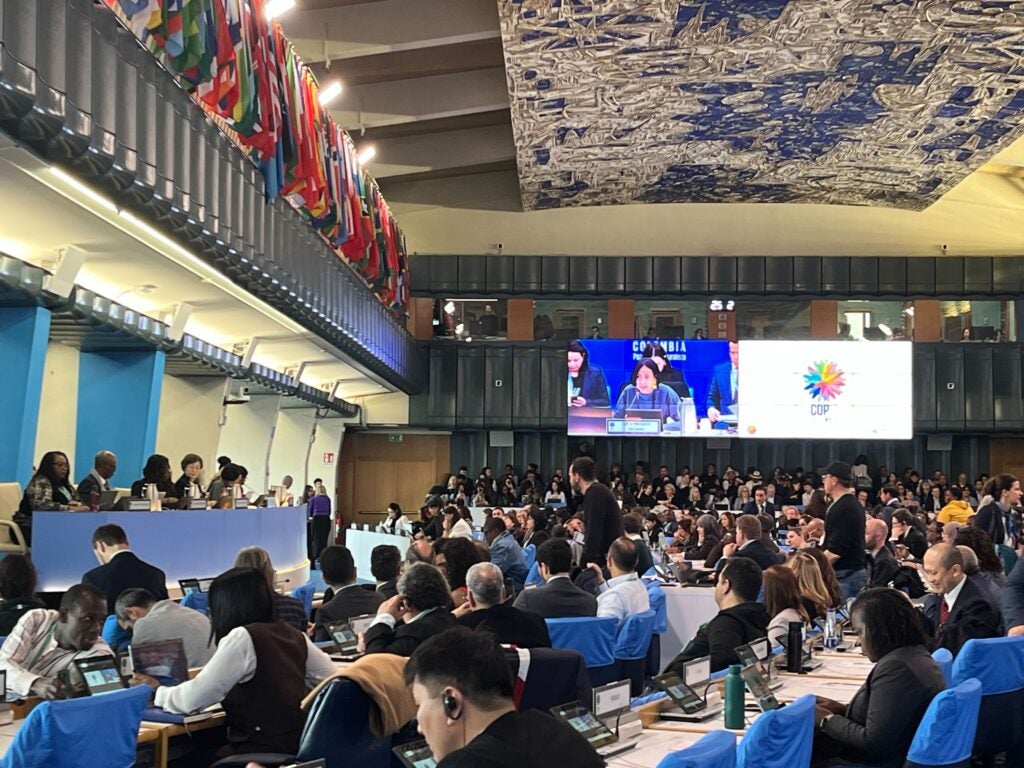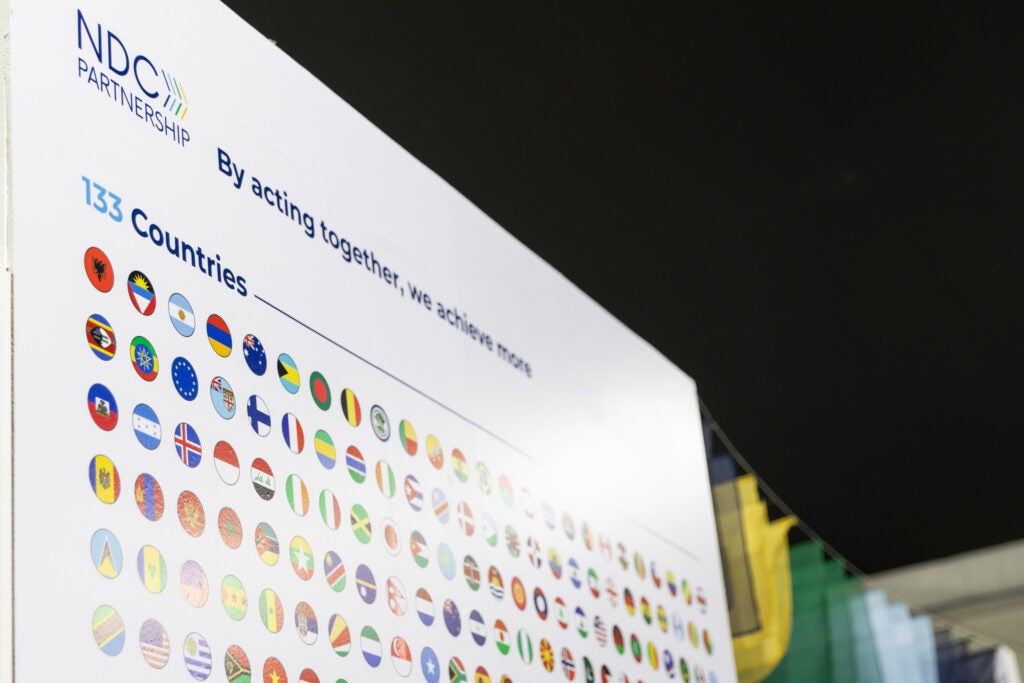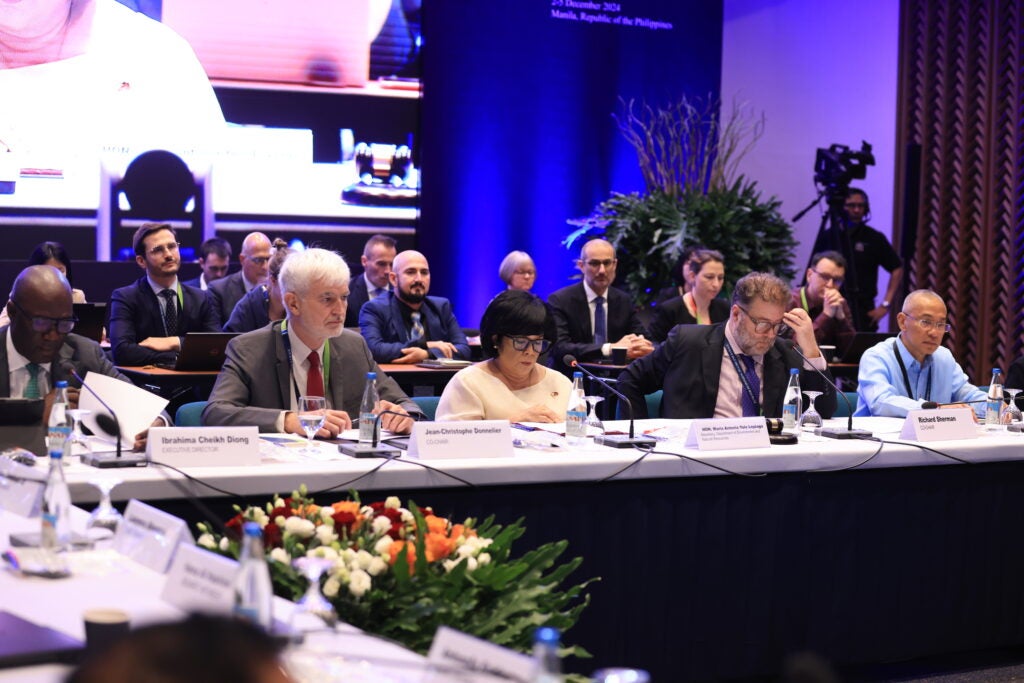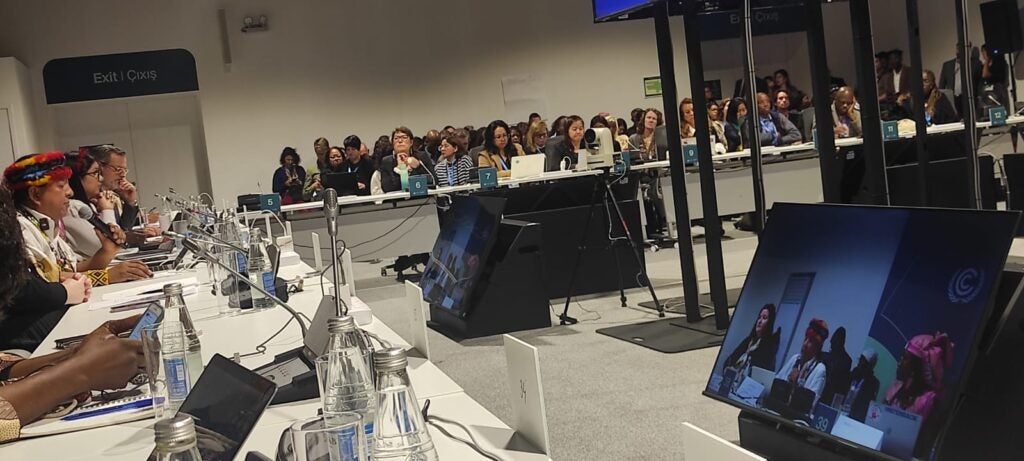
COP16.2 plenary in Rome
This blog was authored by Milloni Doshi, Project Manager, Global Engagement and Partnerships and Annie Mark, Senior Director, Global Partnerships.
The 16th Conference of the Parties of the United Nations Convention on Biological Diversity (CBD COP16) concluded in Rome with what is being hailed as a historic global finance plan to support the Kunming-Montreal Global Biodiversity Framework, agreed at COP15 in 2022.
The first of its kind in the biodiversity space, this financial plan was the subject of tense discussion and remained unresolved after the first session of COP16 in Cali, Colombia. Parties diverged on the funding mechanisms needed to mobilize at least 200 billion USD a year by 2030. Colombia’s COP President Susana Muhamad reconvened the Parties in Rome for a three-day sprint – referred to as COP16.2 – to resolve the outstanding issues from Cali.
Amid the nuances of the text, EDF sees three key reasons for optimism, and three opportunities to strengthen this endeavor as we look ahead to COP17 and the 2030 targets. Read More












